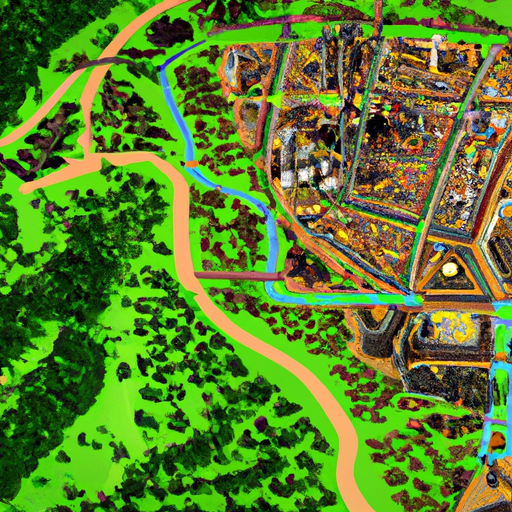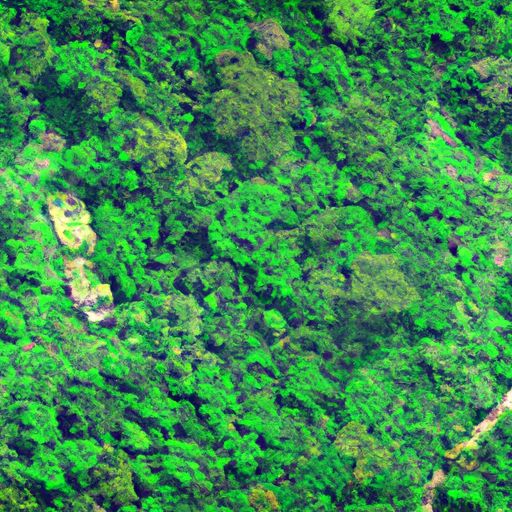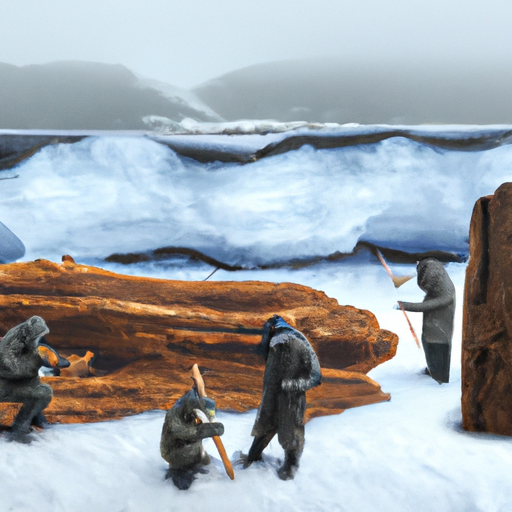Revolutionary AI system uncovers massive ancient settlement network hidden beneath dense jungle canopy. The discovery spans multiple countries and reveals previously unknown connections between ancient civilizations. This technological breakthrough is transforming our understanding of human history and archaeological research methods.

In a remarkable fusion of artificial intelligence and archaeology, researchers have announced the discovery of an extensive network of ancient settlements hidden beneath dense jungle canopy, revolutionizing our understanding of pre-Columbian civilizations. This groundbreaking finding, made possible by advanced AI analysis of satellite and LiDAR data, represents one of the most significant archaeological discoveries in recent decades.
The AI system, developed through a collaboration between computer scientists and archaeologists, employed sophisticated machine learning algorithms to analyze vast amounts of remote sensing data. Unlike previous methods, this system could identify subtle patterns and features that indicated human modification of the landscape, even when hidden beneath centuries of jungle growth.
The discovery reveals a complex network of cities, roads, and agricultural systems spanning several modern-day countries in Central and South America. The scale of the discovery is unprecedented, with the AI system identifying over 10,000 previously unknown structures and settlement features across an area of more than 80,000 square kilometers.
What makes this discovery particularly significant is the evidence it provides for extensive interaction and cooperation between ancient societies previously thought to be largely isolated from each other. The network of roadways and trade routes identified by the AI suggests a level of economic and cultural exchange far more sophisticated than previously understood.
The settlement patterns reveal advanced urban planning and environmental management strategies. The ancient inhabitants appear to have developed complex systems for water management, agriculture, and resource distribution that allowed them to sustain large populations in challenging tropical environments. These findings are forcing historians to revise their understanding of pre-Columbian civilization's technological capabilities.
The AI system's analysis has also revealed evidence of sophisticated agricultural practices, including raised fields and terracing systems that could have supported populations much larger than previously estimated. These agricultural innovations suggest a level of environmental engineering that rivals modern sustainable farming practices.
One of the most striking aspects of the discovery is the evidence for climate adaptation strategies employed by these ancient societies. The settlement patterns and agricultural systems show clear signs of being designed to withstand both seasonal variations and longer-term climate changes, offering potential insights for modern climate adaptation efforts.
The technology behind this discovery represents a significant advance in archaeological methods. The AI system can process and analyze data at a scale and speed impossible for human researchers, while also identifying patterns too subtle for conventional analysis. This capability has opened up new possibilities for archaeological research in other densely vegetated regions worldwide.
Researchers are particularly excited about the potential applications of this technology in other parts of the world. Similar analysis is already being planned for regions in Southeast Asia, Central Africa, and other areas where dense vegetation has historically hampered archaeological investigation.
The discovery has significant implications for our understanding of human civilization's development. It suggests that complex societies were more widespread and interconnected than previously thought, challenging conventional narratives about the isolation of pre-Columbian cultures.
The findings also have important implications for modern conservation and development efforts. Many of the discovered sites lie in areas currently under threat from deforestation and development. This has sparked urgent discussions about protecting these archaeological treasures while respecting the needs of current inhabitants.
The research team is now working on developing more sophisticated versions of the AI system that could identify even more subtle signs of ancient human activity. This includes the ability to detect changes in soil composition and vegetation patterns that might indicate long-abandoned settlements.
As excavation work begins at selected sites, archaeologists are finding physical evidence that confirms the AI system's predictions with remarkable accuracy. Artifacts recovered so far suggest complex trade networks and cultural exchanges that span thousands of kilometers and multiple centuries.
This breakthrough represents a new chapter in archaeological research, where artificial intelligence becomes an essential tool for understanding human history. It demonstrates the potential for technology to unlock mysteries that have remained hidden for centuries, changing our perspective on ancient civilizations and their achievements.



